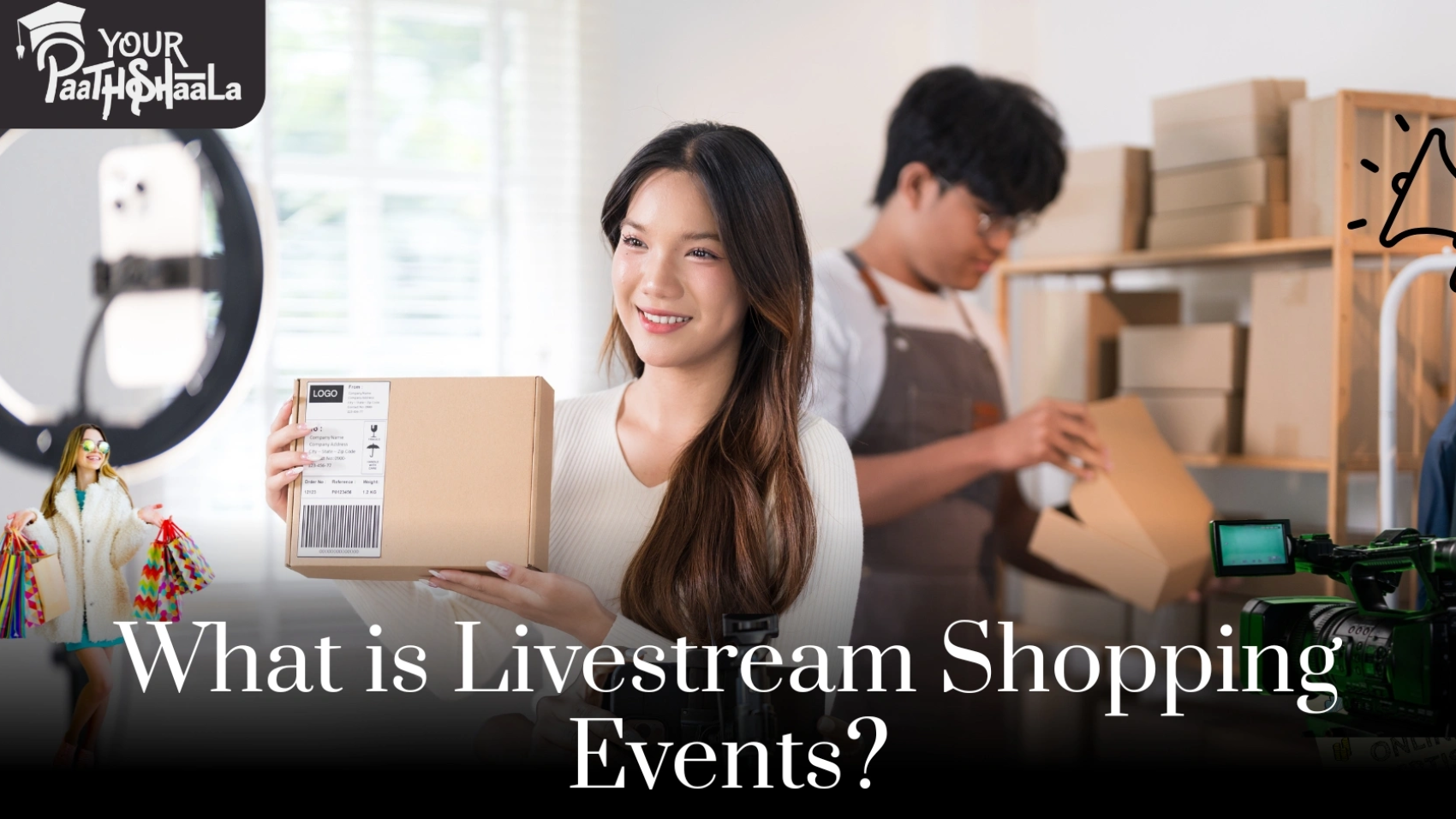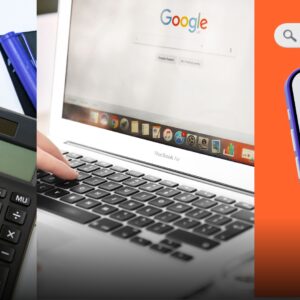Imagine tuning into a live video where a charismatic host demos your favorite skincare brand, answers your questions in real time, and offers an exclusive discount that expires in an hour. With one tap, you buy the product without leaving the stream. This is the power of livestream shopping events, a dynamic blend of entertainment and e-commerce taking 2025 by storm. Originating in China, where it generated $682.5 billion in 2023, livestream shopping is now a global phenomenon, with the U.S. market projected to hit $68 billion by 2026.
Livestream shopping events turn passive viewers into active buyers, offering brands and creators a chance to connect authentically with audiences. With conversion rates as high as 30% compared to 2–3% for traditional e-commerce, these events are redefining online retail. This blog explores how to master livestream shopping events, covering strategies, tools, real-world examples, challenges, and future trends. Whether you’re a small business, a content creator, or a marketing expert, here’s your guide to creating shoppable livestreams that drive sales in 2025.
What are Livestream Shopping Events?
Livestream shopping events are real-time video broadcasts where hosts showcase products, engage with viewers via live chat, and enable instant purchases through integrated links or checkout systems. Unlike traditional e-commerce, these events combine entertainment, interactivity, and urgency, creating a modern QVC-style experience tailored for digital audiences. They take place on platforms like YouTube, TikTok, Instagram, Amazon Live, or brand websites, with features like product tags, pinned links, or in-app purchases.
Key elements include:
- Live Product Demos: Hosts demonstrate products, such as trying on clothes or testing gadgets, to show value in action.
- Real-Time Interaction: Viewers ask questions or comment, fostering two-way engagement.
- Shoppable Features: Clickable links, QR codes, or pop-ups enable seamless buying.
- Urgency and Exclusivity: Limited-time offers or exclusive products tap into FOMO (fear of missing out), driving impulse purchases.
Example: Fitness influencer Cassey Ho’s POPFLEX brand hosted a YouTube livestream in 2022, showcasing activewear and achieving its second-highest sales day of the year.
In 2025, livestream shopping events are especially popular with Gen Z and Millennials, with 83% of Gen Z engaging in this format due to its authenticity and interactivity.
Why Livestream Shopping Events Matter in 2025
Livestream shopping events are reshaping e-commerce by blending social media’s connectivity with retail’s convenience. Here’s why they’re critical:
- High Conversion Rates: Livestreams achieve up to 40% conversion rates in China and 8–30% globally, far surpassing traditional e-commerce.
- Enhanced Engagement: Viewers spend 80 minutes on average watching livestreams on platforms like Whatnot, compared to 20 minutes on Instagram.
- Zero-Party Data: Interactive features like polls or Q&As collect valuable customer preferences for future personalization.
- Community Building: Events foster trust and connection, with 70% of viewers trusting influencer recommendations.
- Brand Visibility: Regular streams boost awareness, with 94% of European sellers calling live shopping critical to revenue.
Stat: U.S. livestream commerce sales reached $50 billion in 2023 and are expected to grow 36% by 2026, making up over 5% of e-commerce sales.
Key Strategies for Livestream Shopping Events
Creating successful livestream shopping events requires planning, technology, and audience focus. Here’s how to excel in 2025:
Choose the Right Platform
Selecting a platform depends on your audience and goals. Popular options include:
- YouTube Live Shopping: Ideal for creators with 10,000+ subscribers, offering product tagging and Shopify integration.
- TikTok Shop: Perfect for Gen Z, with in-app checkout and viral potential. TikTok saw 13.7 million U.S. shoppers in 2021.
- Amazon Live: Suits brands leveraging Amazon’s marketplace, with seamless product links.
- Instagram Live: Great for fashion and beauty, with 650% year-over-year seller growth in France in 2024.
- Brand Websites: Platforms like Channelize.io allow custom livestreams with full control.
Example: Nordstrom embeds YouTube livestreams on its website, featuring Pai Skincare demos, driving a 20% traffic spike.
Tip: Multi-stream to platforms like YouTube and Facebook using tools like OBS for broader reach.
Partner with Influencers or Hosts
Influencers and charismatic hosts drive trust and engagement. In 2025, 46% of companies use influencer-hosted livestreams to leverage their audiences.
- Select Relevant Influencers: Choose creators whose niche aligns with your products (e.g., beauty influencers for cosmetics).
- Train Hosts: Ensure hosts know products well and can handle live Q&As confidently.
- Leverage Celebrities: High-profile hosts create exclusivity, boosting sales.
Case Study: Gary Vaynerchuk sold $150,000 worth of apparel in a four-hour Whatnot livestream, leveraging his fanbase.
Create Engaging, Interactive Content
Livestreams thrive on entertainment and interactivity, aligning with your interest in interactive content marketing:
- Product Demos: Show products in action, like a chef cooking with tagged cookware.
- Polls and Q&As: Ask viewers, “Which color do you prefer?” or answer sizing questions live.
- Gamification: Add quizzes or challenges (e.g., “Guess the product for a discount”) to keep viewers hooked.
- FOMO Tactics: Use timers or limited-stock alerts to drive urgency.
Example: American Eagle’s weekly TikTok livestreams feature influencers demoing back-to-school outfits, with polls on styling preferences, boosting engagement by 40%.
Promote Events Strategically
Promotion is key to driving attendance. In 2025, brands see 25% more viewers with cross-channel promotion.
- Social Media: Share teasers on X, Instagram, or TikTok with countdowns.
- Email Campaigns: Notify subscribers with personalized invites, tying into hyper-personalization strategies.
- FOMO Messaging: Highlight exclusive deals or limited products to attract viewers.
Tip: Post-event, repurpose livestream recordings as social content to create FOMO for future events.
Optimize for Seamless Shopping
A frictionless checkout is critical for conversions:
- In-App Purchases: Use platforms like TikTok Shop for one-tap buying.
- Product Tags: Pin clickable links or QR codes near the video, as seen in YouTube’s product tagging.
- Mobile Optimization: Ensure streams load fast on 5G networks, as 80% of viewers use mobile devices.
Example: Buywith’s platform uses smart screen-sharing to guide viewers through a brand’s website during streams, achieving an 8x conversion increase.
Technologies Powering Livestream Shopping
Several technologies make livestream shopping events seamless in 2025:
- AI Personalization: Recommends products in real time based on viewer behavior, boosting engagement.
- AR/VR Integration: Virtual try-ons, like seeing a shirt on a 3D avatar, enhance immersion.
- Low-Latency Streaming: Platforms like dolby.io ensure smooth, real-time video.
- E-Commerce Integrations: Shopify, WooCommerce, and Magento sync product catalogs for easy tagging.
- Analytics Tools: Peel Insights tracks engagement and sales for data-driven optimization.
Stat: 59% of European sellers earn over half their revenue from livestreams, thanks to advanced tech.
Challenges and Solutions
Livestream shopping events face hurdles, but solutions keep them effective:
- Technical Issues: Lags or crashes frustrate viewers. Solution: Use reliable platforms like Streams.live or dolby.io.
- Low Awareness: Only 30% of U.S. adults know about livestream shopping. Solution: Promote heavily and educate via tutorials.
- Audience Retention: Viewers may drop off if streams lack energy. Solution: Use engaging hosts and interactive elements like polls.
- Privacy Concerns: Data collection raises GDPR/CCPA issues. Solution: Use transparent opt-ins and zero-party data.
Tip: Start with small, low-cost streams to test platforms and refine strategies.
Future Trends in Livestream Shopping Events
Livestream shopping will evolve beyond 2025:
- Metaverse Integration: Virtual stores in platforms like Roblox will host shoppable livestreams, blending gaming and commerce.
- AI-Driven Experiences: Real-time product suggestions and automated hosts will personalize streams.
- Multi-Language Support: Automatic caption translation, like YouTube’s, will expand global reach.
- AR/VR Shopping: Virtual try-ons for fashion or home goods will become standard.
- Sustainability Focus: Brands will embed eco-friendly messaging, resonating with 70% of Gen Z prioritizing sustainability.
Projection: By 2026, livestream shopping will account for 20% of global e-commerce sales, per Euromonitor.
Getting Started with Livestream Shopping Events
Ready to launch your first livestream shopping event? Follow these steps:
- Define Goals: Focus on sales, engagement, or brand awareness.
- Choose a Platform: Start with YouTube or TikTok for built-in audiences, or Channelize.io for custom streams.
- Select Products: Pick 3–5 high-demand items to showcase.
- Find a Host: Use a team member or influencer who knows your brand.
- Promote Early: Share teasers on social media and email a week in advance.
- Analyze Results: Track views, engagement, and sales via platform analytics.
Example: Tru Earth’s eco-friendly detergent livestream saw a 20% conversion spike by demoing products and answering live FAQs.
Tool Tip: Try free trials of Streams.live or Buywith to test livestream features.
Conclusion
In 2025, livestream shopping events are revolutionizing e-commerce with 30% conversion rates, 80-minute viewer sessions, and authentic connections. From YouTube’s product tagging to TikTok’s in-app checkout, these events blend entertainment and sales, appealing to Gen Z and Millennials. Challenges like technical issues and awareness exist, but platforms like dolby.io and strategies like influencer partnerships make success achievable. With AR/VR and AI on the horizon, livestream shopping is set to dominate. Ready to host your first event? Pick a platform, promote boldly, and turn viewers into buyers. What’s your livestream shopping idea for 2025? Share below and let’s make it happen!
In Bestdigitalmarketingcourseinraipur you will learn all about it and more.








